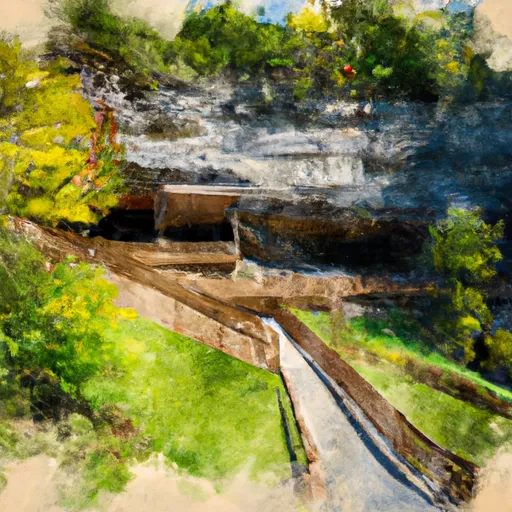°F
°F
mph
Windspeed
%
Humidity











Keokee, Virginia is a small town located in the southwestern part of the state. The climate in Keokee is characterized by mild to cool winters and warm summers. The average annual precipitation is around 40 inches, with rainfall evenly distributed throughout the year. Snowfall is common during the winter months.
The town is nestled in the heart of the Appalachian Mountains, providing a picturesque landscape with abundant natural resources. The area is known for its diverse hydrology constituents, including numerous creeks, rivers, and springs. These water bodies offer excellent opportunities for fishing, canoeing, and kayaking. The region is also home to several hiking trails, allowing outdoor enthusiasts to explore the scenic beauty of the surrounding mountains.
Keokee is a perfect destination for nature lovers, offering outdoor recreation opportunities like camping, birdwatching, and wildlife observation. The nearby Jefferson National Forest provides ample opportunities for hunting and hiking. The town's proximity to natural attractions like Cumberland Gap National Historical Park and Breaks Interstate Park further enhances the outdoor experience. Keokee, Virginia is a hidden gem for those seeking a tranquil environment amidst nature's beauty.
Weather Forecast
Keokee receives approximately 1469mm of rain per year, with humidity levels near 81% and air temperatures averaging around 12°C. Keokee has a plant hardyness factor of 6, meaning plants and agriculture in this region thrive during a short period during spring and early summer. Most plants will die off during the colder winter months.
Nearby Snowpack Depths
2
Inches
Regional Streamflow Levels
38
Cubic Feet Per Second
5,080
Cubic Feet Per Second
228
Cubic Feet Per Second
12,200
Cubic Feet Per Second
Nearby Camping
| Camping Area | Reservations | Toilets | Showers |
|---|---|---|---|
| Kinser Park | |||
| Mount Pisgah - Blue Ridge Parkway | |||
| Big Creek - Great Smoky Mountains | |||
| Davidson River | |||
| Sunburst | |||
| Houston Valley |



